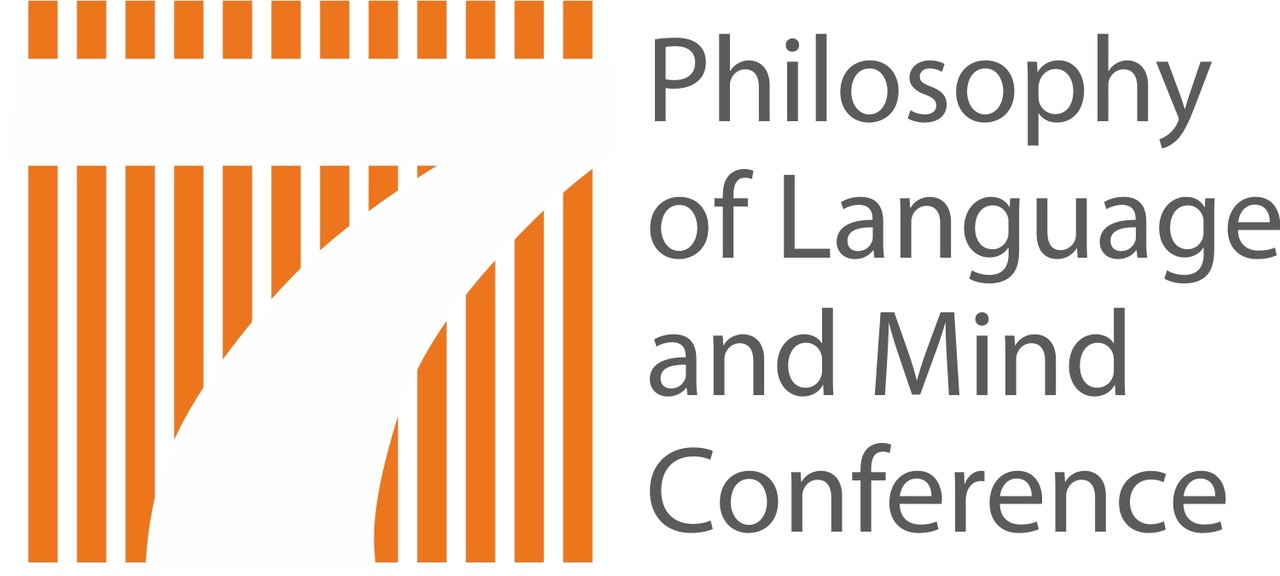Morphemes on Words
Kaplan’s seminal “Words” (1990) in many ways initiated a new kind of consideration of the nature of words in philosophy, helping to establish an area of research that has garnered considerable interest in recent years. The ontology of words in particular has seen new positions and discussions arising, from novel artifactualist treatments (Irmak 2019), to structuralist accounts (Neftd 2019), to bundle-based approaches (Miller 2021). One exchange that has since also become influential is Hawthorne and Lepore’s “On words” (2011), which addressed Kaplan’s original work and leveraged morphology in arguing against the common-currency position he defended. It features their well-known “anti-anti-missile” example, one that invoked productive morphology to demonstrate a set of transparent and yet uninstantiated words. Though interesting and in many ways compelling, their account struggles with producing a strong and tenable distinction between morphemes and words, which their approach explicitly depends upon.
The aim of this talk is elaborate on the shortcomings in Hawthorne and Lepore’s treatment of that distinction before turning to adapting the criteria they set out in order to improve it, introducing well-known considerations from the word-formation literature proper to linguistics (see, e.g., Matthews 1991; Murphy 2010; Plag 2005). This is done by first outlining the difference between free and bound morphemes, which illustrates that the original proposal of what seems to be a basic distinction between words and morphemes is untenable, as there is clear overlap between morphemes and words in the form of, e.g., free morphemes like “cat” or “man.” That observation is then used to motivate an alternative distinction, namely, one between combinations of free and bound morphemes that do not render words and combinations of free and bound morphemes that do.
Within the scope of this new more workable distinction, Hawthorne and Lepore’s original criteria relating to movability and uninterruptability are combined and joined into a single hybrid criterion, such that if a morpheme or combination of morphemes cannot be moved in the context of a reformulation of any simple sentence salva congruitate, then it cannot be a word. Where Hawthorne and Lepore initially demonstrated their own position with simple test cases, the same can be done with the hybrid criterion, such that it passes the original cases that Hawthorne and Lepore advanced without issue – e.g., relocating “men” in “do men like women?” or “unhappy” contrasted with “~happyun” (Hawthorne and Lepore 2011, 456). The new criterion and distinction integrate with their broader account, albeit it replacing the original, more basic distinction.
This is a somewhat unusual but interesting interdisciplinary task at the intersection of philosophy of language, linguistics, and ontology, and one that is important to the broader discussion on the ontology of words, not just in terms of improving upon an existing position, but in terms of providing a clearer picture of how morphemes and words may relate to one another. It is a small but very deliberate step in the direction of greater interdisciplinary engagement between philosophy of language and linguistics broadly construed, and a focused example of the need for that kind of work.
Reference List
Hawthorne, J., and Lepore, E. (2011). On words. The Journal of Philosophy, 108 (9), 447-485.
Irmak, N. (2019). An ontology of words. Erkenntnis, 84, 1139-1158.
Kaplan, D. (1990). Words. Proceedings of the Aristotelian Society, Supplementary Volumes, 64, 93-119.
Matthews, P. (1991). Morphology: An introduction to the theory of word structure. London: Cambridge University Press.
Miller, J. T. M. (2021). A bundle theory of words. Synthese, 198, 5731-5748.
Murphy, L. M. (2010). Lexical meaning. Cambridge: Cambridge University Press.
Nefdt, R. (2019). The ontology of words: A structural approach. Inquiry, 62 (8), 877-911.
Plag, I. (2003). Word-formation in English. Cambridge: Cambridge University Press.
